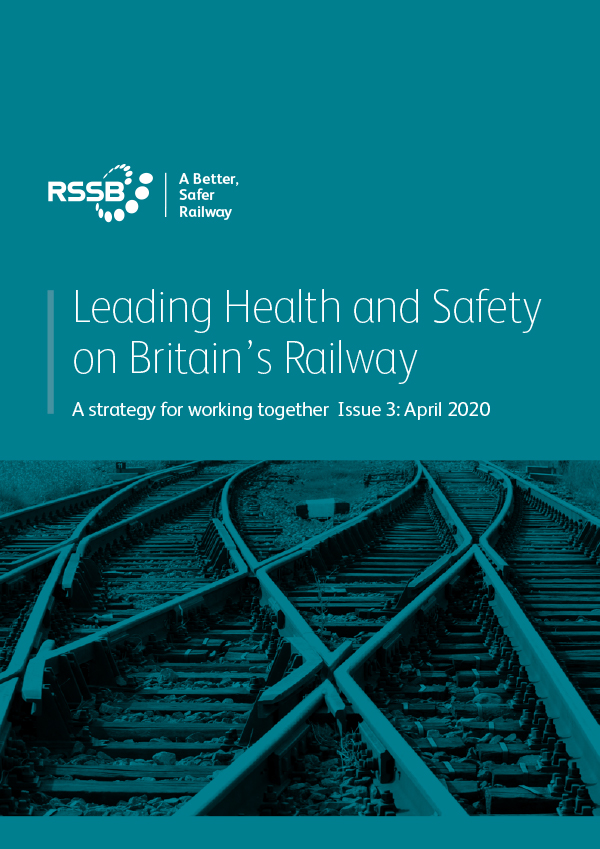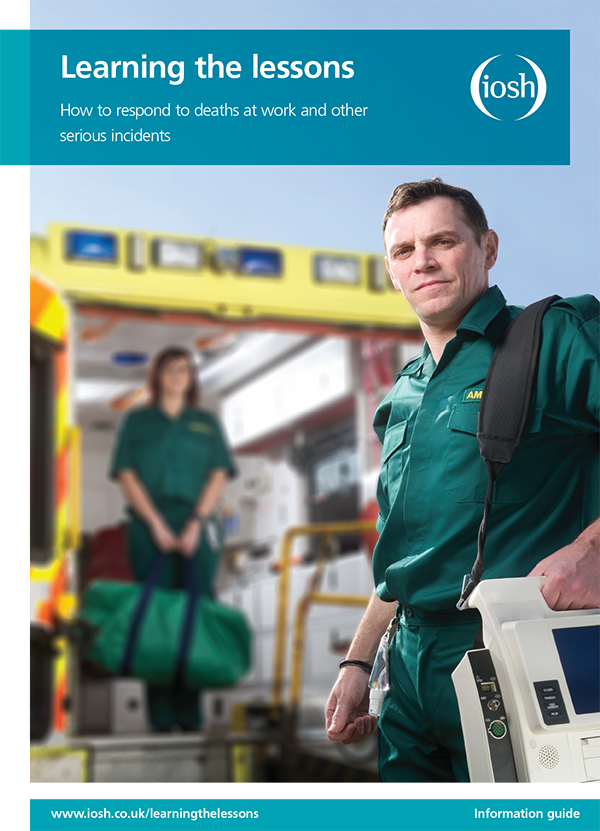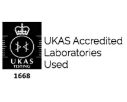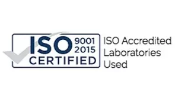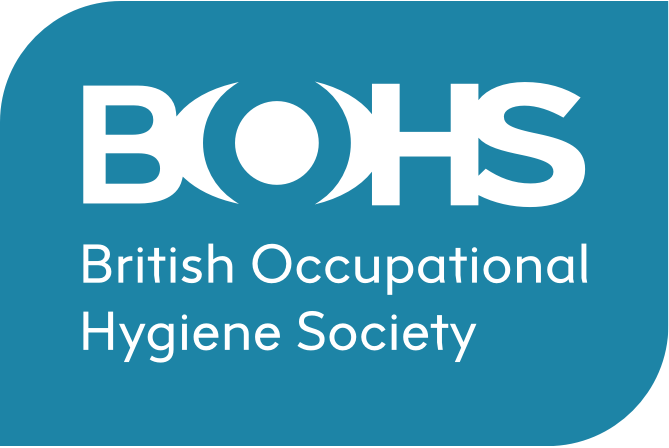-
22 Jan 2021
Resources
Display Screen Equipment (DSE) workstation assessment
Please download our example of a DSE Workstation Assessment. Before completing this form, staff should be provided with: Training regarding the risks associated with DSE and how to implement good...
More -
11 Jan 2021
Resources
COVID-19: Template risk assessments for employers
Operating businesses effectively whilst ensuring COVID-19 risks are minimised continues to be a significant challenge. Employers and building occupiers face the challenge of deciding: Have we done enough? (or perhaps...
More -
07 Jan 2021
News
Care home fatality and fine highlights need for window fitting safety
A care home has been fined £40,000 after a 94 year old fell from an inadequately secured window. The case followed a three year legal process during which the care...
More -
23 Oct 2020
Resources
COSHH and the employer’s responsibilities
The HSE statistics for the UK in 2018/19 estimate that 13,000 deaths each year are linked with past exposure at work, primarily to chemicals or dust. Exposure to hazardous substances are known to cause acute effects, such as burns or loss of consciousness, as well as longer term diseases and progressive illness, such as COPD and cancer.
More -
16 Oct 2020
News
Health and Safety Training
Having your workforce suitably trained and competent to do their job is a key duty for any employer. It is important that employees know what they are doing so they are able to work as safely as possible. This duty is set out in law, in Section 2 (2) of the Health and Safety at Work Act. This requirement states that one of the duties of an employer is to provide ‘any required information, instruction, training and supervision’ for their workforce.
More -
05 Oct 2020
Resources
Accident Reporting and Investigation
Every employer is morally, legally and financially obliged to ensure that their workplace is as safe as reasonably practicable. However, despite robust management systems, accidents do sometimes occur. What should you do if there is an accident? How should you investigate the incident and what should be reported and to whom?
More -
05 Oct 2020
Resources
The common mistakes within Health and Safety Policies
The law says that every business must have a policy for managing health and safety. A health and safety policy sets out your general approach to health and safety. It explains how you, as an employer, will manage health and safety in your business. It should clearly say who does what, when and how.
More -
23 Sep 2020
Resources
Access to competent advice – your legal obligations
It is a legal requirement under the Management of Health and Safety at Work Regulations for you as an employer to have access to competent health and safety advice. But what actually defines competence?
More -
19 Sep 2020
Resources
How often do LEV tests need to be carried out?
In line with the Control of Substances Hazardous to Health Regulations 2002 (COSHH), the maximum intervals for the thorough examination and test (TExT) of local exhaust ventilation (LEV) plant used in certain processes is outlined below.
More -
15 Sep 2020
News
RSSB highlight occupational health risks in the rail industry
The Rail Safety and Standards Board (RSSB) have highlighted that there are unmet and undefined occupational health risks in the rail industry. Key risk areas are identified, including; musculoskeletal disorders, diesel engine exhaust emissions (DEEE), hand-arm vibration (HAVS), and silica dust, in addition to COVID-19.
More -
06 Sep 2020
Resources
Key Principles of Respiratory Protective Equipment (RPE)
Respiratory Protective Equipment (RPE) is used to protect the wearer from exposure to respiratory hazards. This can include; asbestos, biological contaminants (including viruses), dusts, vapours etc. COSHH Regulations state that employers have a legal responsibility to control substances hazardous to health and to prevent or adequately control employee exposure to those substances.
More -
01 Sep 2020
Resources
IOSH Report: Learning the lessons – how to respond to deaths at work and other serious incidents
IOSH have produced a guide to help organisations respond to ‘hazardous events’, such as accidents, cases of ill health, work-related violence and ‘dangerous occurrences’.
More
